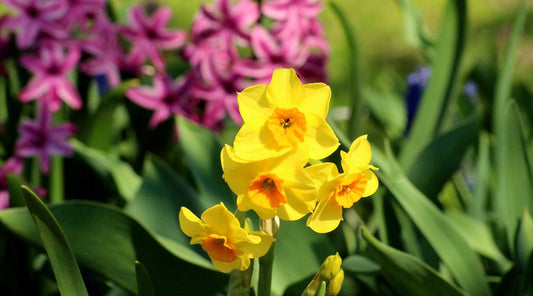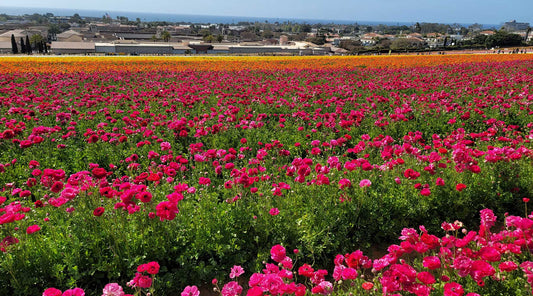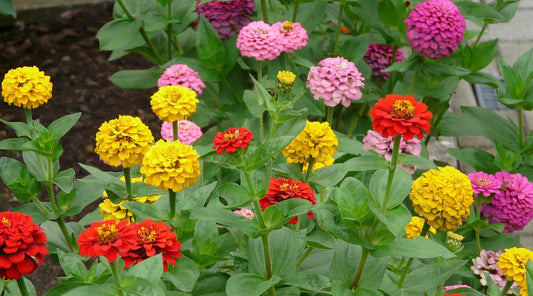Why Create a Butterfly-Friendly Garden?
A butterfly-friendly garden offers numerous benefits beyond its aesthetic appeal. Butterflies are important pollinators, helping plants reproduce by transferring pollen from one flower to another. This process is vital for the production of fruits, vegetables, and seeds, making butterflies essential players in maintaining biodiversity.For gardeners, watching butterflies flutter about can be a rewarding and relaxing experience. It’s also a fantastic way to teach children about nature and the importance of protecting pollinators.
Essential Elements of a Butterfly Garden

- Nectar-Rich Flowers: Butterflies feed on nectar, so it’s crucial to include a variety of nectar-rich flowers that bloom throughout the season.
- Host Plants: These are plants where butterflies lay their eggs. The caterpillars feed on these plants once they hatch. Milkweed, for instance, is a well-known host plant for monarch butterflies.
- Water Sources and Shelter: Butterflies need water and places to rest and hide from predators. Flat stones provide basking spots, and shallow dishes filled with water and sand offer hydration.
Top Pollinator-Friendly Plants for July
July is an excellent month for planting butterfly-friendly flowers. Here are some top choices:- Coneflowers (Echinacea): These hardy perennials provide ample nectar and come in various colors, making them a garden favorite.
- Milkweed (Asclepias): Essential for monarchs, milkweed serves as both a nectar source and a host plant.
- Lantana: With its bright clusters of flowers, lantana attracts numerous butterfly species and blooms continuously.
- Zinnias: These annuals are easy to grow and come in many colors. Butterflies love their flat, open blooms.
- Butterfly Bush (Buddleja): Aptly named, this shrub produces large flower spikes that attract butterflies in droves.
Designing Your Garden Layout
A well-designed garden not only looks beautiful but also maximizes its appeal to butterflies. Here are some tips for arranging your plants:- Plant in Clusters: Butterflies are more likely to notice and visit larger groups of flowers. Planting in clusters also makes it easier for them to find nectar.
- Create Layers: Include plants of varying heights to mimic natural habitats. Tall plants at the back, mid-height plants in the middle, and shorter plants at the front create a layered effect.
- Sunny Spots: Butterflies are cold-blooded and rely on the sun to warm their bodies. Place your butterfly garden in a sunny location where they can bask.
Tips for Maintaining Your Butterfly Garden in July

- Maintaining your garden in the heat of July requires some special considerations:
- Watering: Consistent watering is crucial during the hot summer months. Use a soaker hose or drip irrigation to ensure deep watering without wetting the foliage, which can lead to disease. If you need a hose reel or hose hanger be sure to check out our heavy-duty watering products that are built to last.
- Feeding: While most of your plants will get nutrients from the soil, consider using a balanced fertilizer to promote healthy growth and continuous blooms.
- Pest Control: Avoid using chemical pesticides, which can harm butterflies and other beneficial insects. Instead, use natural methods like introducing ladybugs to control aphids or using neem oil.
Additional Features to Enhance Your Garden
Enhancing your garden with extra features can make it even more inviting for butterflies and enjoyable for you:- Butterfly Houses: These small structures provide shelter for butterflies during bad weather and at night.
- Feeders: Supplement nectar sources with butterfly feeders filled with a solution of sugar and water.
- Pathways and Seating Areas: Create paths for easy access and seating areas where you can relax and watch your butterfly visitors.
Encouraging Other Pollinators
A diverse pollinator garden not only attracts butterflies but also bees, hummingbirds, and other beneficial creatures. Here are some ways to make your garden more inclusive:- Bees: Planting a variety of flowers that bloom at different times ensures a constant food source for bees. Avoid double-petaled varieties, as they often lack nectar.
- Hummingbirds: These tiny birds are attracted to bright, tubular flowers. Consider planting trumpet vine, salvia, and fuchsia.
- Diverse Planting: Mix annuals and perennials to provide a continuous bloom and habitat for various pollinators.
Conclusion
Creating a butterfly-friendly garden is a rewarding endeavor that brings beauty and biodiversity to your outdoor space. By incorporating nectar-rich flowers, host plants, and thoughtful garden design, you can attract butterflies and other pollinators to your garden. July is the perfect time to start, with many plants in full bloom and butterflies actively seeking food and shelter. So grab your garden tools, plant some butterfly-friendly flowers, and enjoy the delightful dance of butterflies in your garden.________________________________________
By following these tips and planting the right flowers, you’ll not only create a haven for butterflies but also enjoy a vibrant and dynamic garden throughout the summer. Happy gardening!







